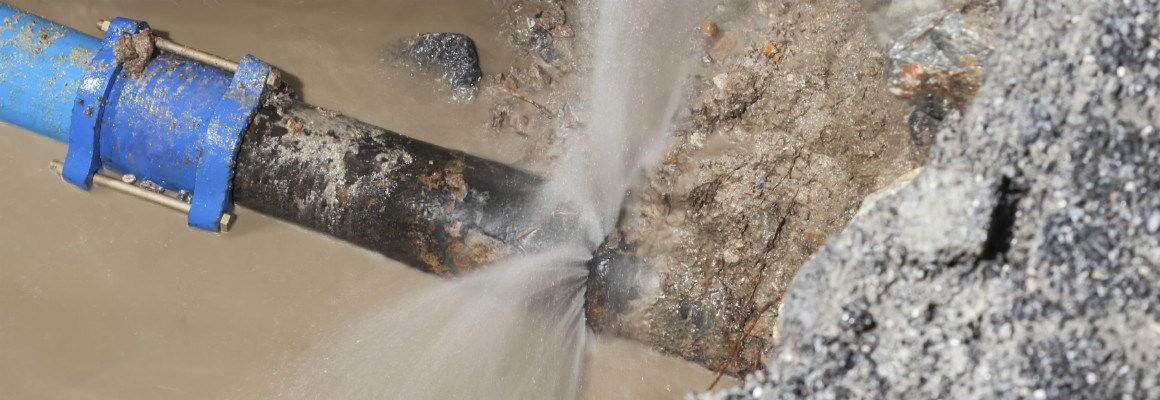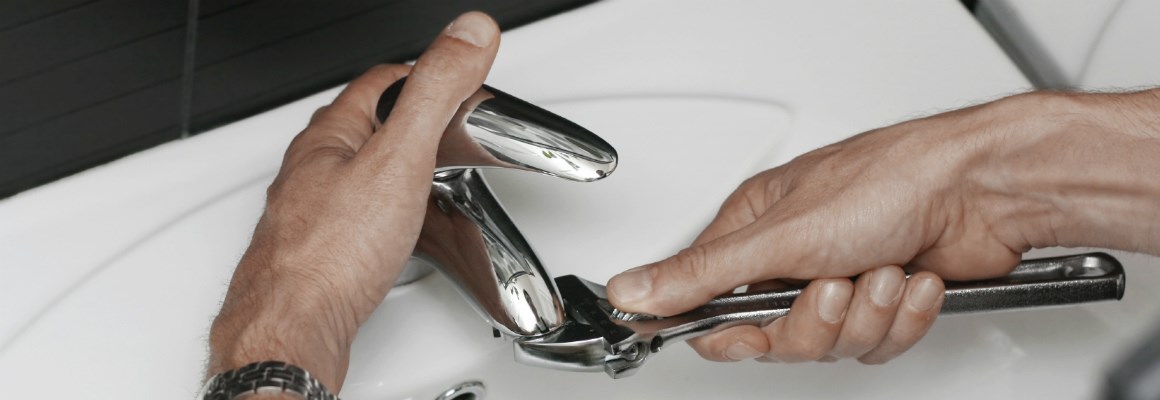Escape of water - limiting the damage
Water leaking into your home can be very stressful. It can cause a lot of costly damage, take a long time to clean up, and, in the worst case scenario, cause structural problems too.
However, by knowing the risks and taking some simple precautions, you can reduce the chances of damage to your home - and the properties of those around you - as a result of water leaks.
How to prevent burst pipes
The main cause of burst pipes is water freezing and expanding inside them. This is why insurers see large spikes in the number of claims they receive during cold snaps in the winter. The costliest claims tend to be those where a large leak is not spotted for many hours or days, potentially allowing a large amount of water to escape.

Here’s a list of things you can do when the weather gets cold, or if you’re going to be leaving your house for any length of time, to reduce the chance of a water leak:
- Check that the pipework inside and outside your house, including any outside taps, is well insulated from the cold - speak to an expert such as a plumber if you’re not sure.
- Check any visible seals on baths, showers, taps, toilets, storage tanks, and any other fittings connected to your water supply for slow leaks, and have them repaired.
- Find your main stopcock, and ensure it can easily be turned on and off. You can test this by running a nearby tap and ensuring it is completely stopped when the mains water is switched off.
- Leave your heating on for at least an hour per day if you’re going to be away from the house for a day or more during winter. Make sure you check your home insurance policy, as most will stipulate that a certain temperature needs to be maintained in your home. Some policies also have a clause that the water supply is shut off at the mains if you're away for five days.
Check your home insurance policy for general home maintenance clauses that may affect your ability to claim against escape of water, and note that home emergency protection is usually only for escape of water, and does not normally cover flooding.

If you spot a leak...
If water appears anywhere it shouldn’t be, and you suspect it’s from a leaking pipe or appliance in your home, here’s what to do:
- Turn off your water at the main stopcock and open all of your taps in order to drain the system.
- Switch off your central heating system.
- If there is no notable damage to your home, check you have home emergency protection, which would cover calling out a plumber, labour and parts. If there is visible damage, check what you’re entitled to with your insurer. For example, you might be covered for escape of water, but you may not be covered for frozen pipes.
- Check if you have ‘trace and access’ cover on your insurance policy - this will allow you to claim back the cost of a plumber following the leak to its source, which may need disruptive work like lifting floorboards or removing plaster. This type of cover can come as standard, but not always, so be sure to check the wording of your policy.
Did You Know...? Escape of water claims are the single biggest type of claim made on domestic property insurance in the UK in terms of value, accounting for 24% of money claimed in 2013.
Assessing the damage and making a claim
If damage has been caused to your home or its contents, you should contact your insurer as soon as possible. When the damage is severe, your insurer may commission a loss adjuster - a professional whose job is to assess the scale of the damage, and work out how much of it is covered by the insurance policy. For any claim over £5,000, this is usually standard procedure. However, a number of insurers will not pay a claim if the escape of water is due to leaving taps on, causing an overflow of water.
In the most serious cases, your insurer will often also arrange for somewhere else for you to stay while the damage is repaired - this cover may be provided in your buildings insurance policy, but it’s worth checking the terms an d conditions to see what level of cover your policy provides.
The initial assessment provided by the loss adjuster should provide you with a timetable of what needs to be done to restore your home, who will carry out the work, and how long it will take. Keep a note of who you speak to in case you need this detail at a later date.
Find out more about Home Insurance from Swinton...
- Flood Risk Insurance - Flexible policies to suit a wide range of circumstances
- Combined Home Insurance - Protect your home and its contents
- Buildings Insurance - Flexible buildings cover to suit your needs
- Contents Insurance - Protect your possessions from loss or damage